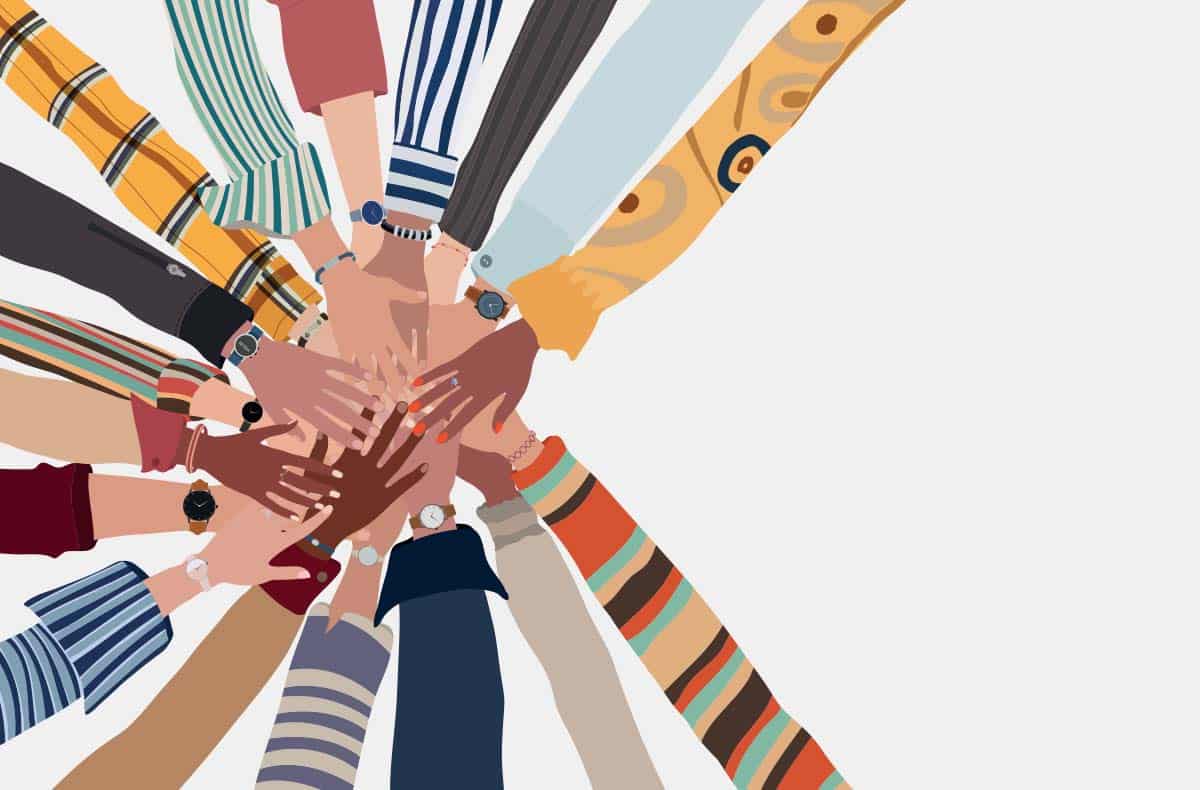
Illustration by Juliana Lagerstedt
Many people from low- and moderate-income communities live in “financial deserts”—that is to say, they live in areas without easy access to banking institutions, credit unions, and other mainstream financial options.
As a result, many low- and moderate-income individuals and families are unbanked or underbanked and compelled to rely on non-traditional financial options. These alternatives often cost underserved communities quite a bit more money just to access financial resources.
To help address this unmet need, Experian, the world’s leading global information services company, has partnered with Inclusiv, a certified Community Development Financial Institution that helps low- and moderate-income people and communities achieve financial independence.
The organizations are working together to increase access to basic financial services in low-income and rural communities across the nation and help them improve their financial well-being.
As Experian’s Global Chief Diversity, Equity Inclusion, and Talent Acquisition Officer, I sat down with Pablo DeFilippi, Inclusiv’s Executive Vice President, to answer a few questions we thought would be useful to others.
In the interest of clarity, I have referred to myself in the third person, “Wil,” below.
What happens if low-income and rural communities across the nation don’t have access to banks or credit unions?
Wil: With few banks and credit unions nearby, many individuals and families from low-income and rural communities are unable to secure equitable access to financial resources or build their credit profile. Without access to affordable credit and loan opportunities, it becomes more expensive and challenging for underserved communities to buy homes, purchase cars or start businesses, and as a result, more difficult to build generational wealth.
I can tell you that this is certainly the case for members of diverse communities. According to a 2021 Federal Reserve report, 40% of Black and 29% of Hispanic adults are more than twice as likely to be unbanked or underbanked compared to 13% of white adults.
Pablo: Perhaps the most significant consequence of the lack of access to mainstream financial services for low-income and rural communities is the cost associated with non-bank services. Individuals and households in “financial deserts” that use non-bank services spend nearly 10% of their annual income on interest and fees—this is roughly the same amount that most Americans spend on food every year.
Question: What can be done to address the financial access gap?
Pablo: This requires creating opportunities for low-income and rural communities to access safe and responsible financial resources. In the absence of banks, turning to community development financial institutions (CDFIs), minority-designated credit unions and other mission-driven financing institutions is a way to connect underserved communities with reliable and affordable asset-building products. These organizations specialize in working with low-income communities that have limited access to mainstream financial options.
We continue to see CDFIs reach deeper into communities of color where there can sometimes be a distrust for mainstream financial institutions to open new opportunities where none had previously existed.
Wil: In addition to offering equitable and responsible financial products, helping underserved communities navigate the nuances of the mainstream financial system is an important component of driving financial inclusion. Making a conscious effort to build relationships with local leaders, churches, and businesses and discussing the challenges of improving their financial well-being, allows the financial community to tailor financial literacy programming that resonates with individuals and households living in those communities.
Financial literacy is not a one-size-fits-all approach. Every person is at a different stage of their financial journey, and as a result, resources and materials need to be relevant to them.
Question: What are the benefits of partnering with a CDFI? How can these partnerships help communities?
Wil: CDFIs are uniquely positioned to not only understand the financial challenges that individuals and households residing in their service area experience, but also have deep relationships with the community. Teaming with CDFIs directly, connects financial services organizations with residents and allows them to provide rural, urban, and suburban underserved communities with the most appropriate financial resources, materials, and solutions. Building relationships with community members and reaching them with materials and knowledge that matter to them is how financial services organizations build trust. It can be as simple as providing informational materials in the appropriate language.
Pablo: Underserved communities have a strong desire to learn more about sound financial decision-making and navigating the credit economy; we need to bring that knowledge to them. Inclusiv has programs, such as “Juntos Avanzamos”, that provide a roadmap for CDFIs and credit unions interested in serving the Hispanic and immigrant communities.
Now is the time to double down on our efforts to build a more diverse financial system that more closely mirrors the nation’s demographic trends. Bringing financial literacy and opportunity does not fall on any one institution, we all have a responsibility to uplift our communities. Partnering and collaborating with different members of the financial community is one of the surest ways to address the challenge of financial inclusion.
Experian is the world’s leading global information services company. Inclusiv is a certified Community Development Financial Institution that helps low- and moderate-income people and communities achieve financial independence through credit unions. Experian and Inclusiv have partnered to increase financial access in communities nationwide.

